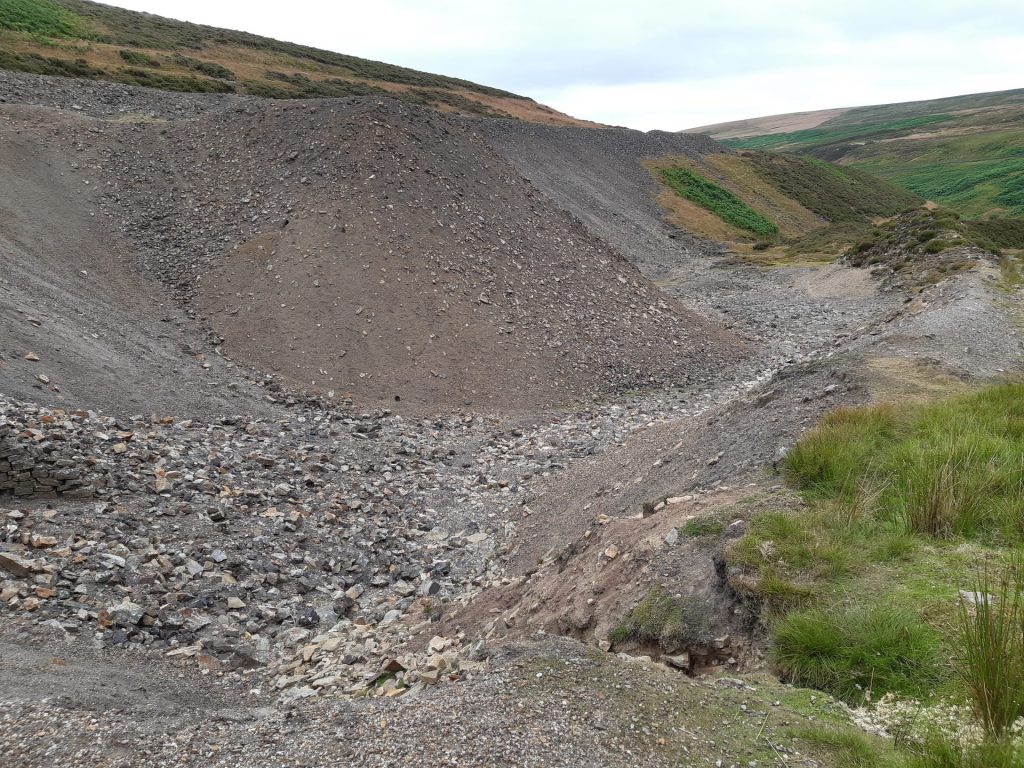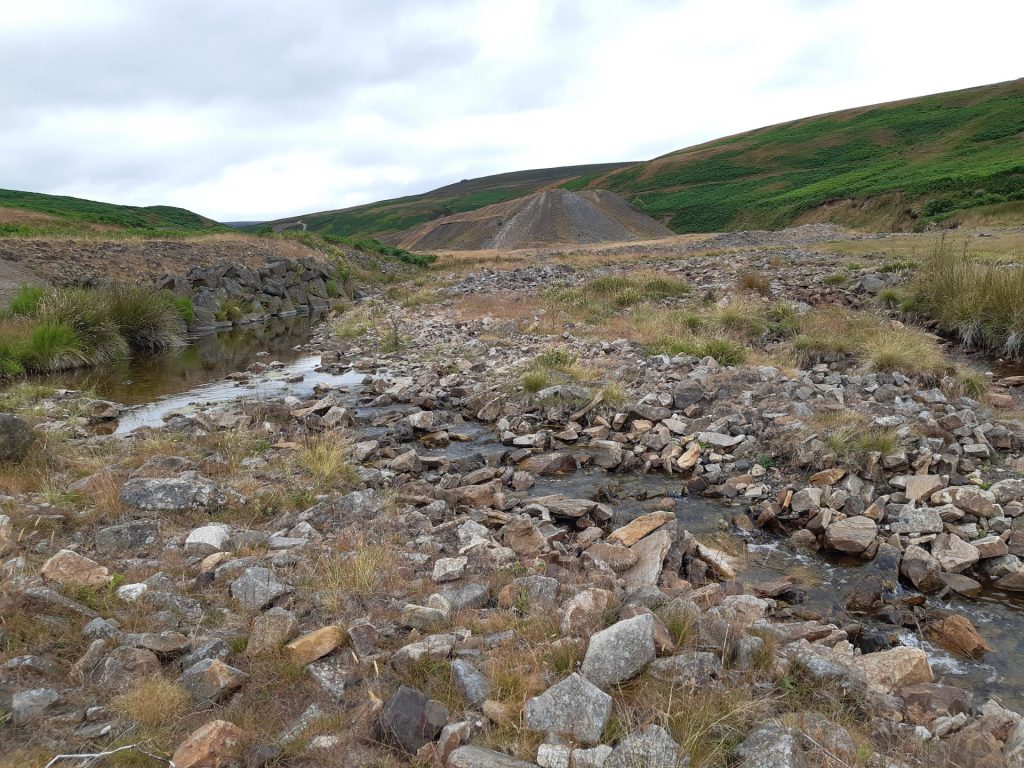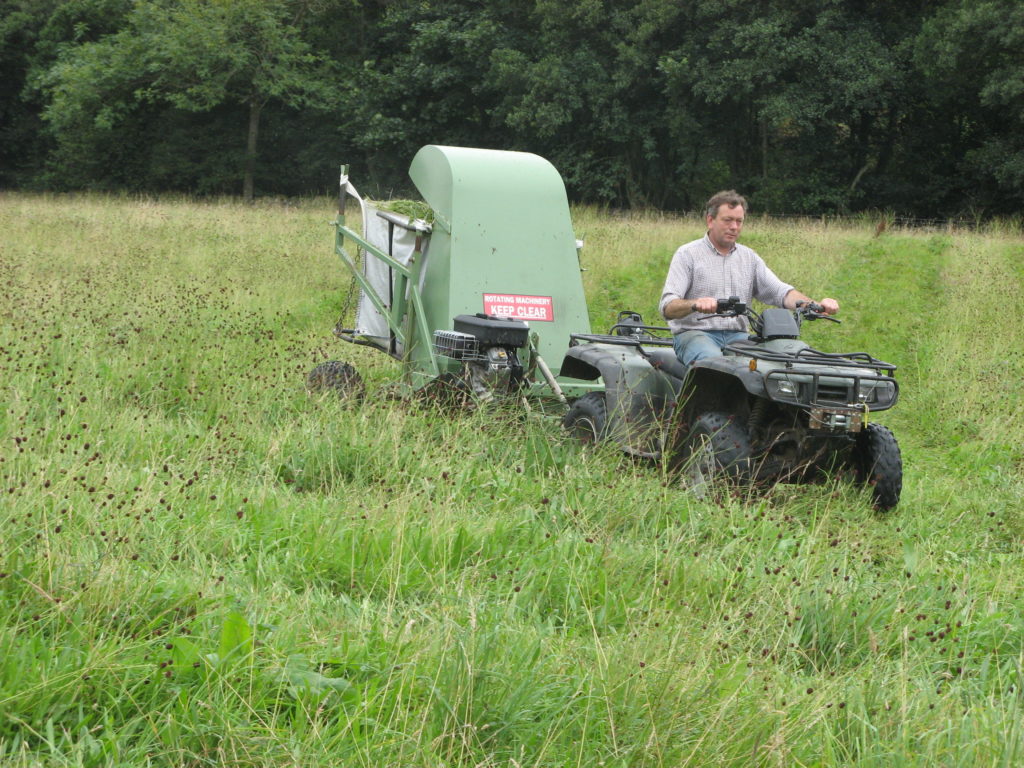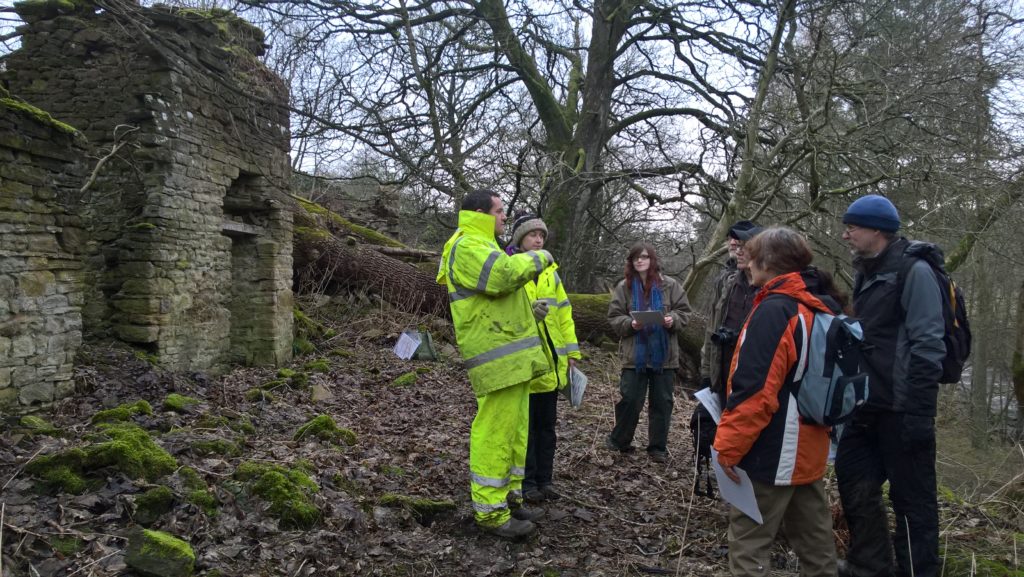What we do
Diffuse metals mitigation
We will reduce diffuse metal pollution into the River Tees and River Swale from former metal mines, for the benefit of biodiversity and water quality, benefitting 200km of watercourses. The overall aim of interventions is to minimise the release of metals from contaminated mine wastes which is causing pollution of rivers. Limiting water movement across metal contaminated soils protects industrial heritage sites from physical damage and allows vegetation to colonise and stabilise slopes. Together this reduces diffuse metal pollution of rivers and encourages biodiversity.
Walkover surveys and baseline surveys will be undertaken to work out the best interventions at locations where there is a clear risk of diffuse metal pollution to watercourses, such as eroding dressing floors and stream bank erosion through mine areas. Proposed interventions will decrease metal pollution of rivers by controlling erosion through riverbank stabilisation, planting trees and other plants, small areas of wetland creation and slowing water flows. Proposals will be dependent on discussions with the farmer, landowner and Natural England, as well as meeting standards set by any Scheduled Monument or SSSI status. Calaminarian grassland sites with rare plants and lichens will be avoided and botanical surveys will be undertaken where necessary.
Much of the proposed work will maintain the integrity of streams, spoil heaps and dressing floors, as well other locations of possible diffuse metal pollution, which in turn will also help to reduce the loss of grazing land through erosion, establishing stabilising vegetation. This will be positive for both environmental and agricultural outcomes and support delivery of the Government’s 25 Year Environment Plan.
Calaminarian grassland trial plots will be established in three sites. Volunteers will collect the seeds of rare Calaminarian grassland plants such as spring sandwort, Minuartia verna, and grow these in a special mix of compost, stones and metal-rich soil.

Why it is important
The old metal mines dotted across the Pennines have left a pollution legacy that needs addressing to ensure rivers aren’t suffering with metal pollution from lead, zinc and cadmium which are an issue for drinking water supply as well as river ecology. Some of the pollution comes directly from adit water flowing out of the old levels but in periods of high rainfall diffuse pollution from old spoil heaps and dressing floors becomes a serious problem.
A number of rivers in the Tees catchment and Upper Swale catchment are failing to meet the environmental quality standards that are set by the Government to protect aquatic wildlife; i.e. they are polluted. Monitoring by the Environment Agency suggests the macroinvertebrate communities in these catchments appear to be impoverished.
Metal mines also support complex mosaics of metalliferous (Calaminarian), calcareous, neutral and acidic grasslands. Some contain rare ‘heavy-metal tolerant’ plants known as metallophytes that flourish on heavy metal-polluted ground. Highly specialised lichen communities are also found on metal mine sites, often on remaining structures such as adits, culverts and stone buildings. Since the 1970s at least 60% of the Calaminarian grassland in the North Pennines has been lost.
Extensive surveys have been undertaken across sites in Teesdale and Swaledale and a report has been written for ten sites across Teesdale with recommendations for the priority sites. A report will be written-up for sites in Swaledale/Arkengarthdale. The first phase of two innovative projects to reduce metal pollution from abandoned lead and zinc mines near Middleton-in-Teesdale has recently been completed. Read more here.

Project management and delivery
The partners working collaboratively, as part of the Water and Abandoned Metal Mines programme (WAMM):
• Environment Agency
• Coal Authority
• Tees Rivers Trust
• Yorkshire Dales Rivers Trust
• North Pennines National Landscape











